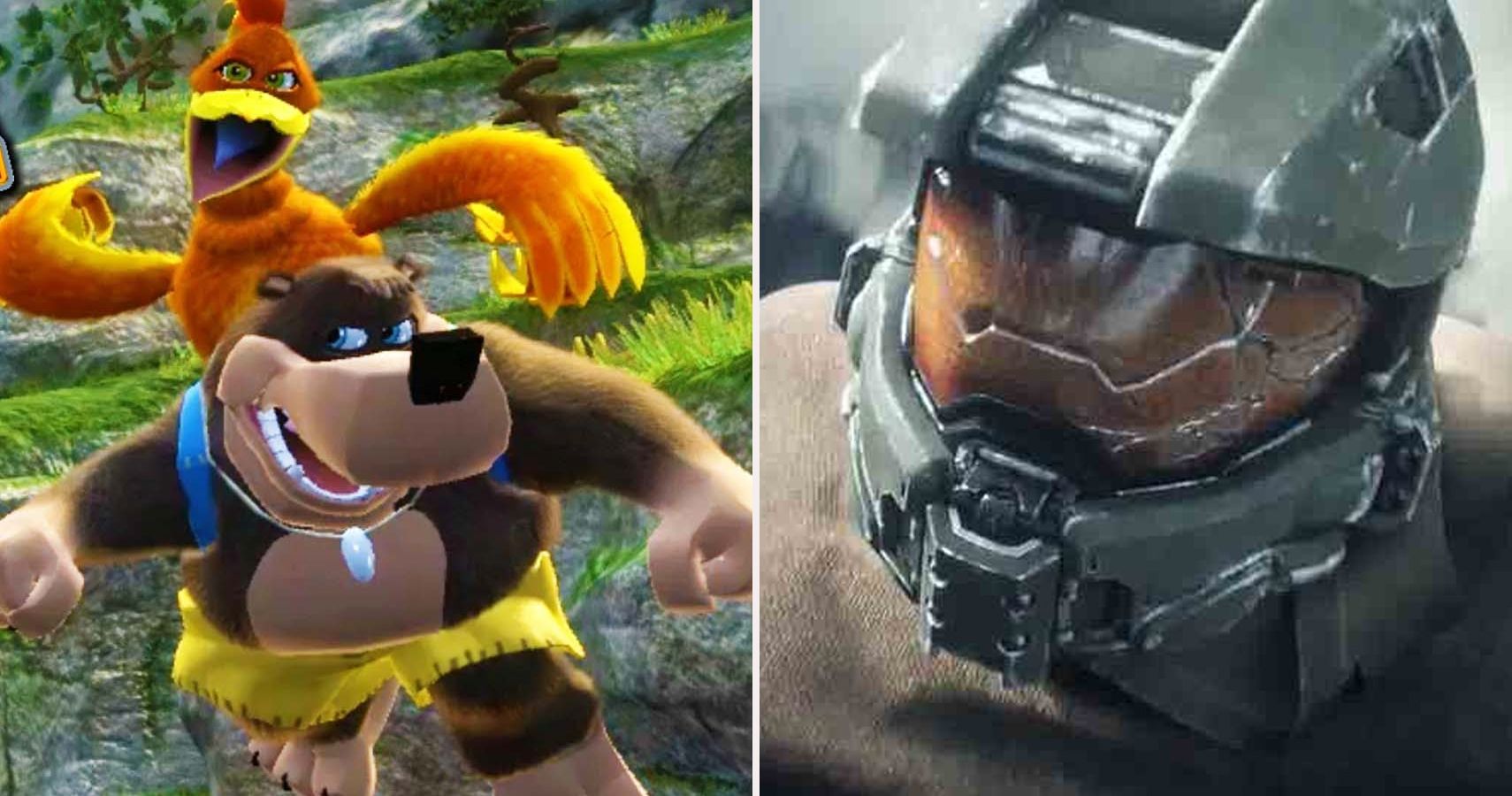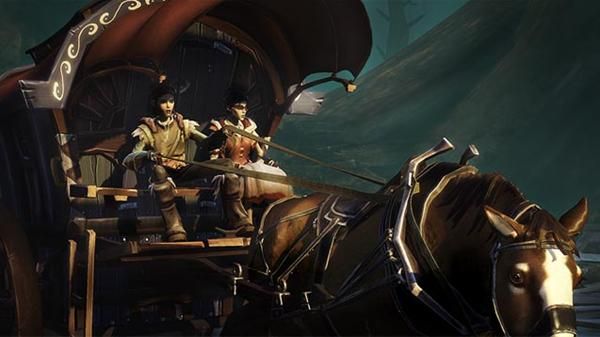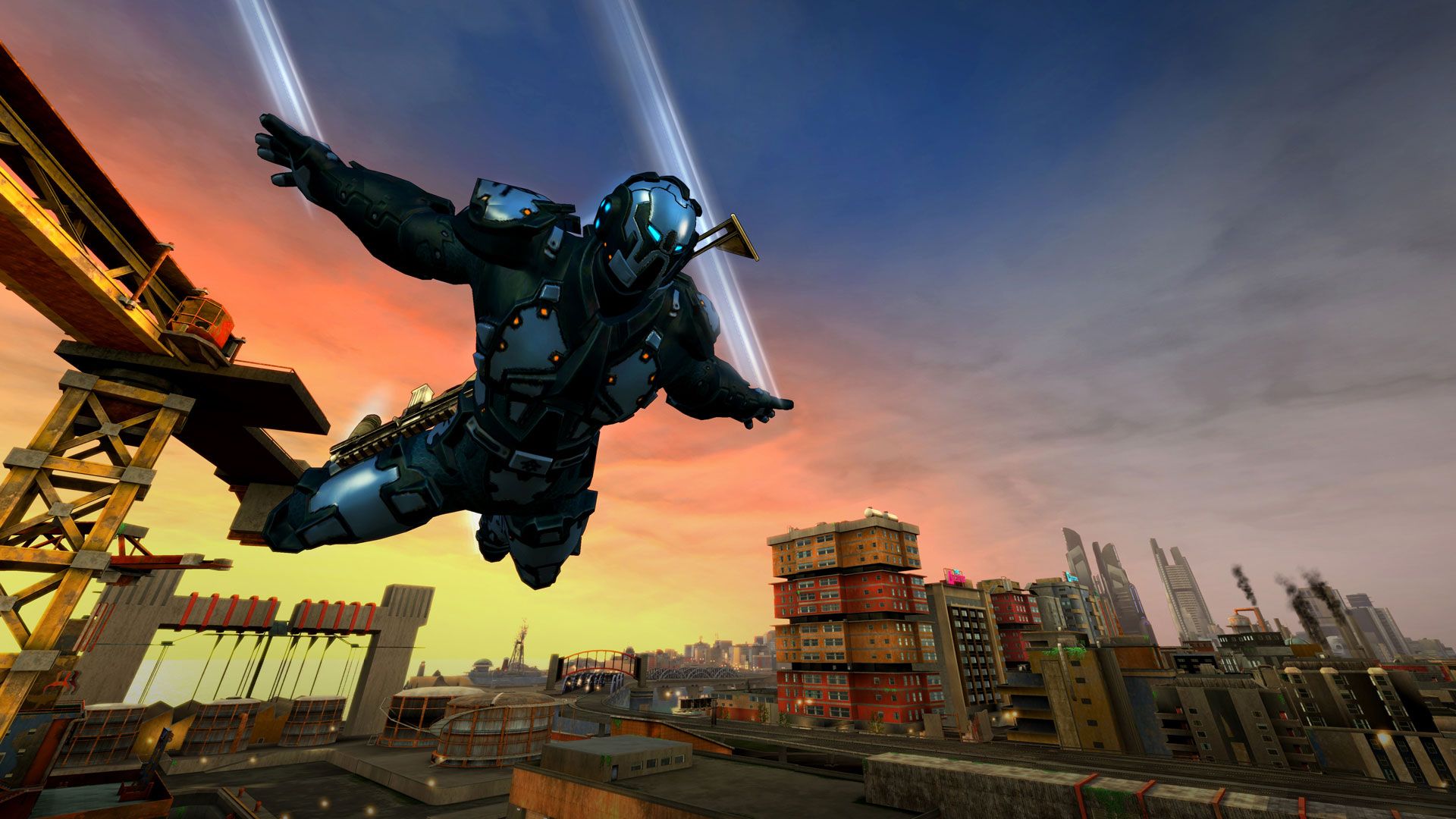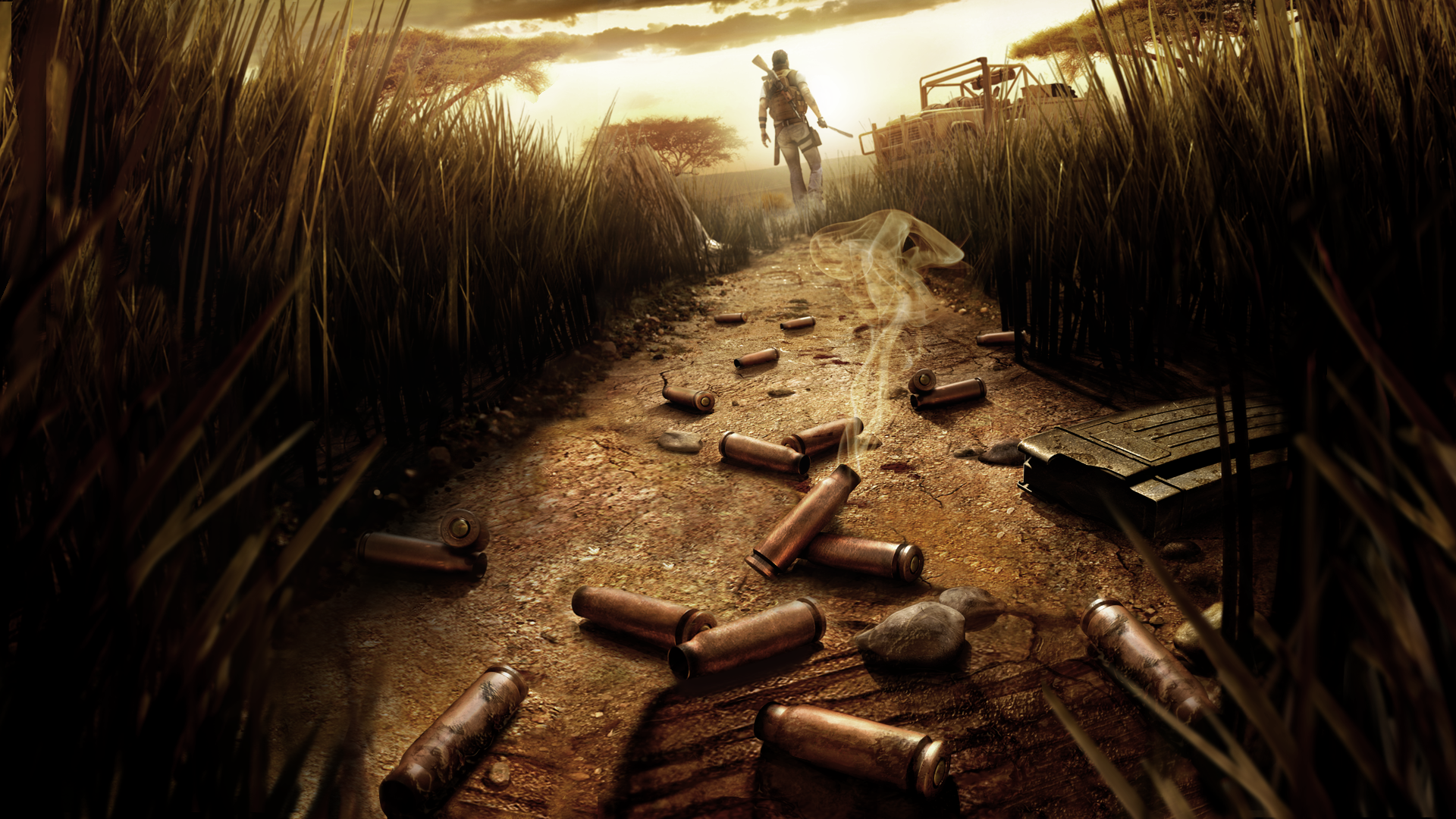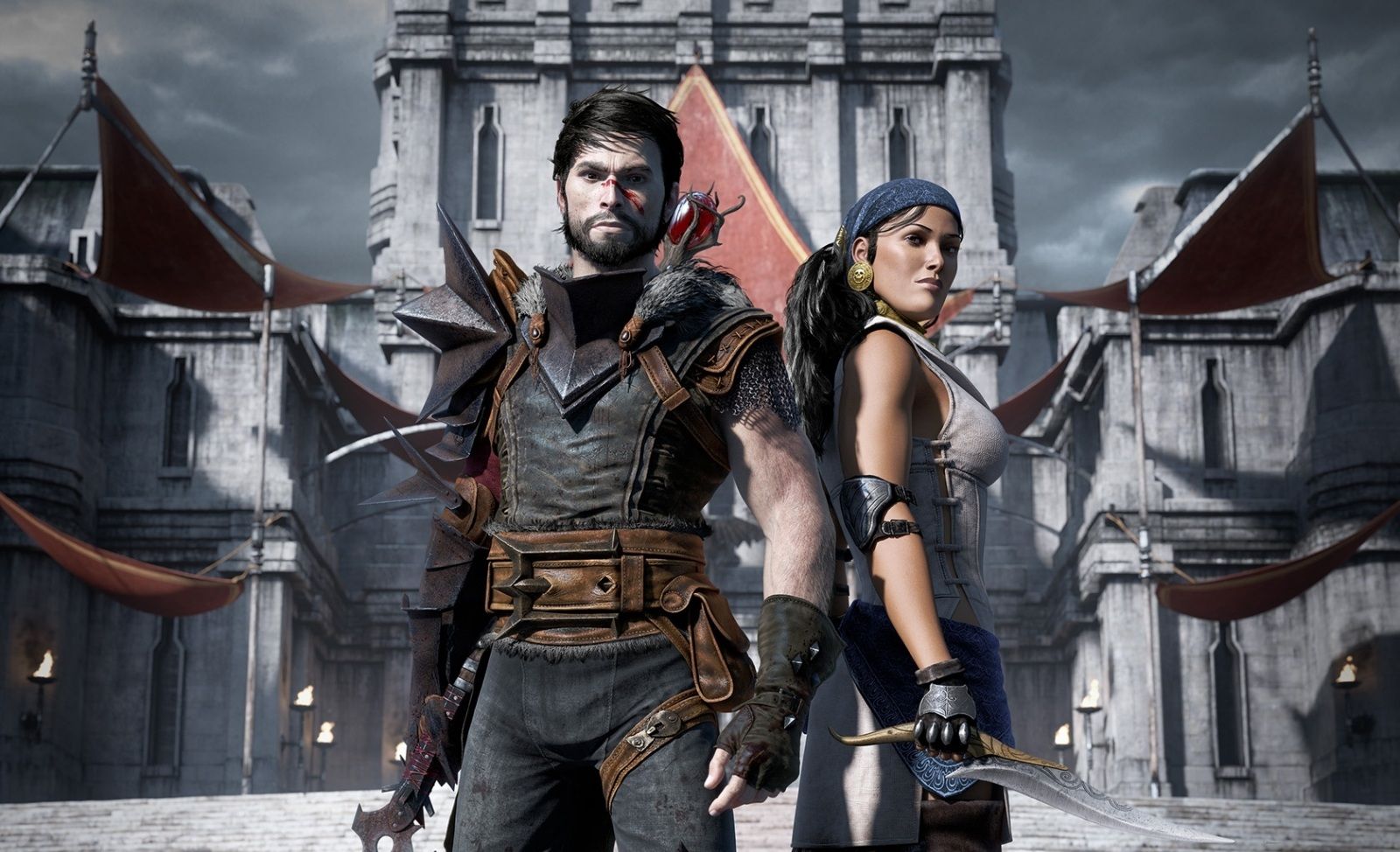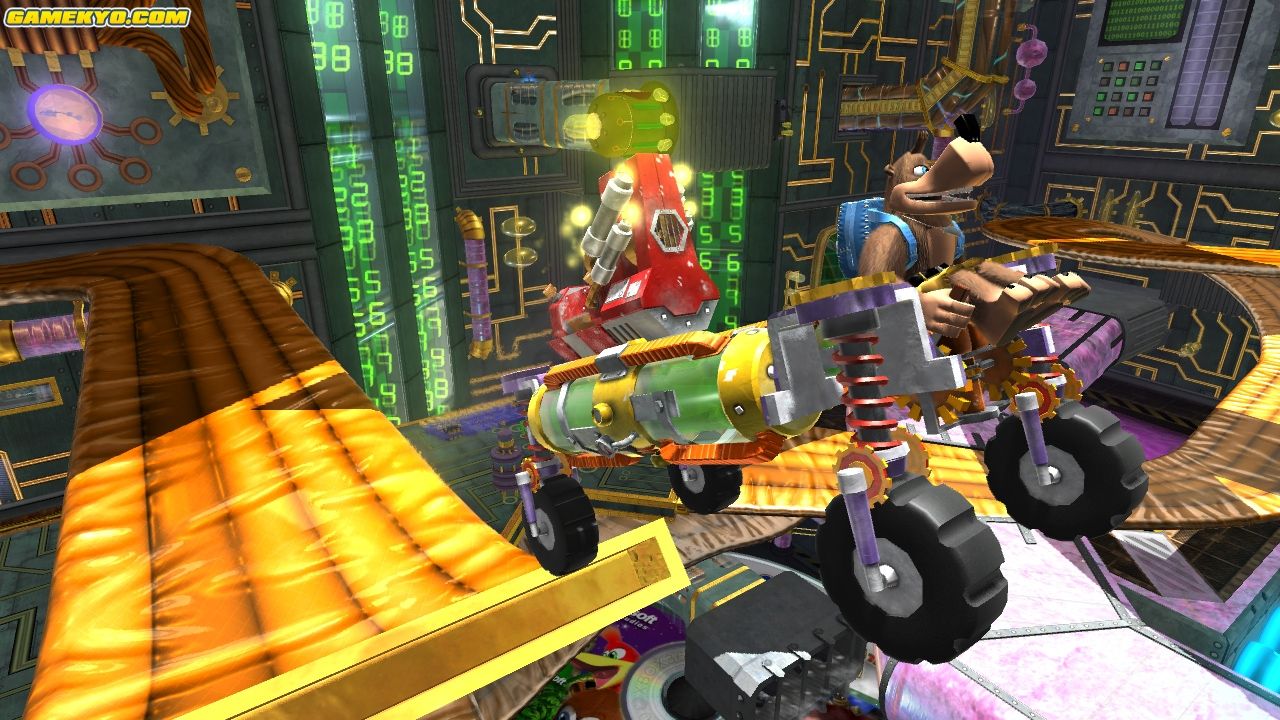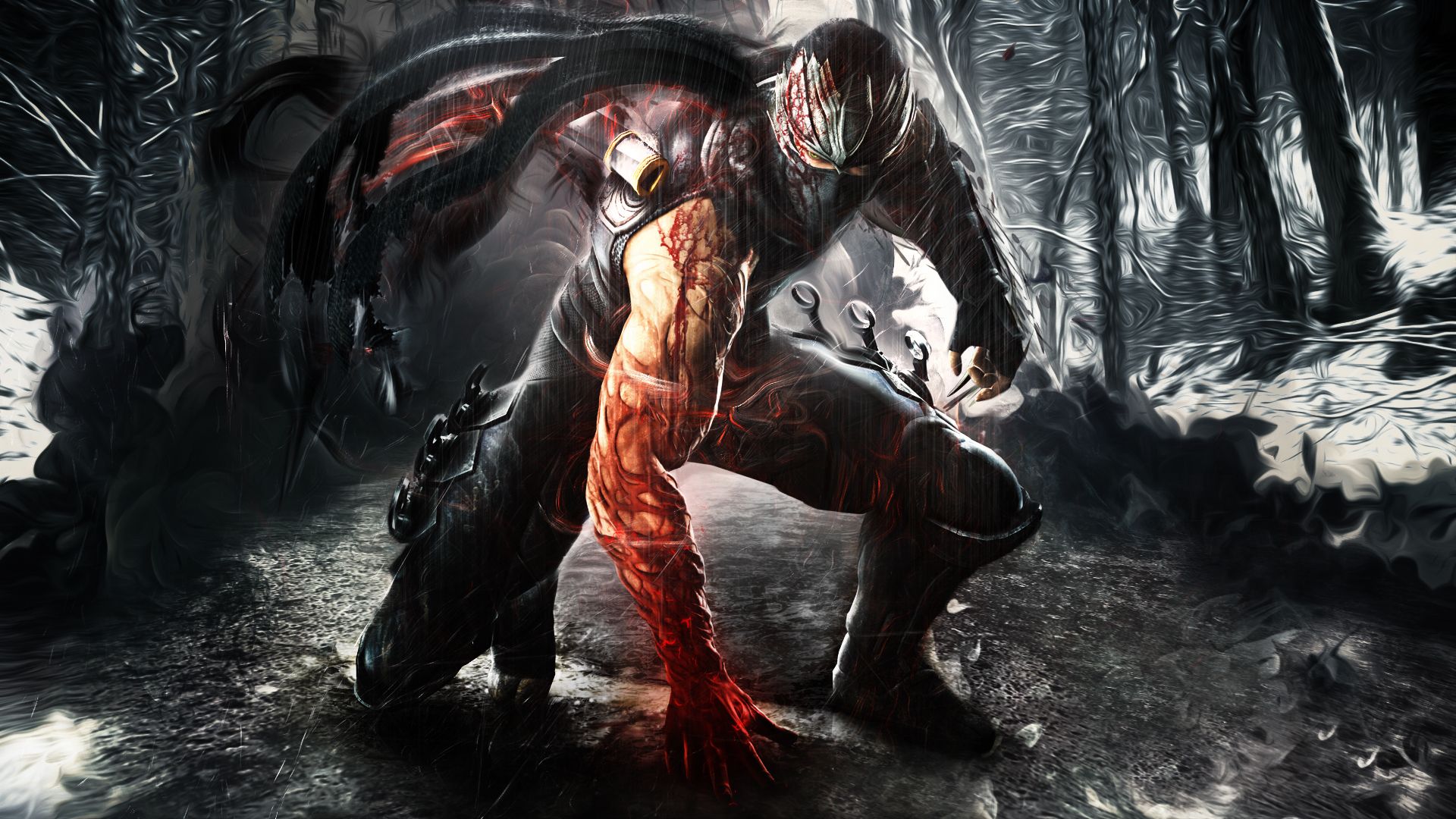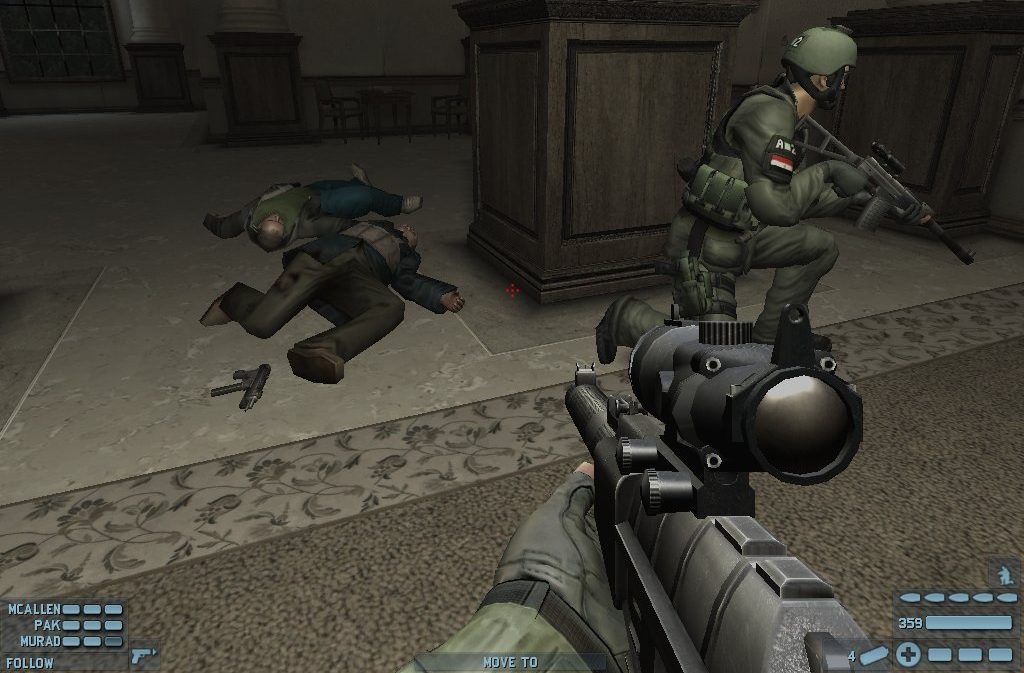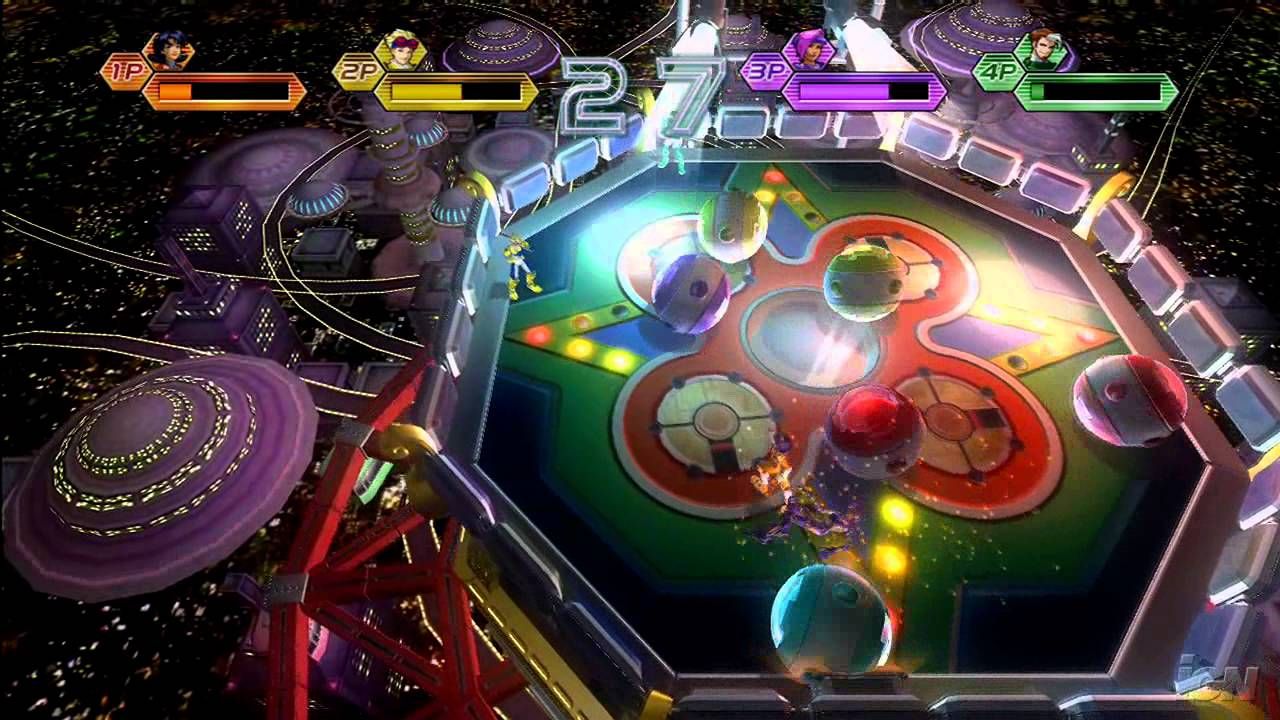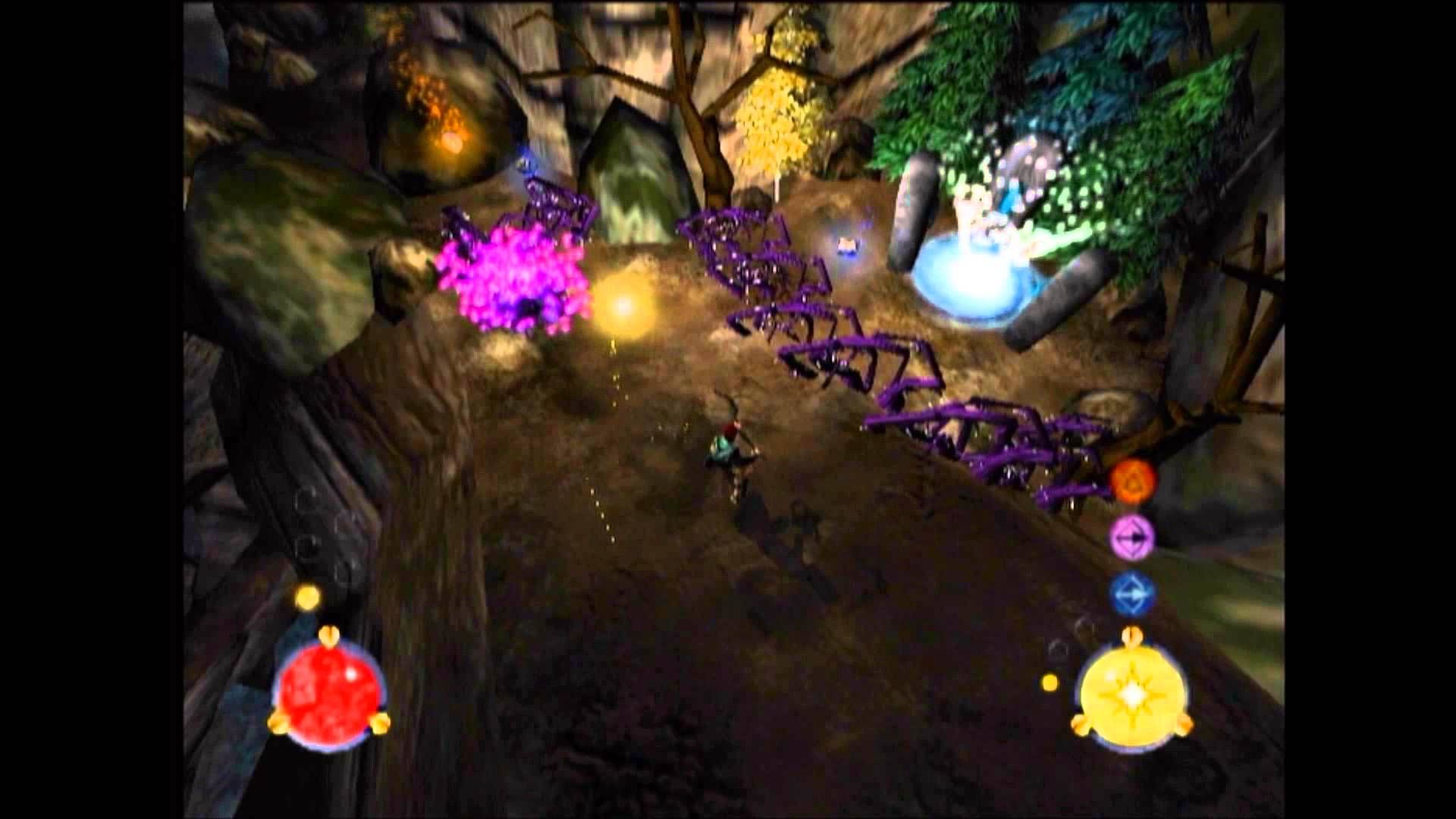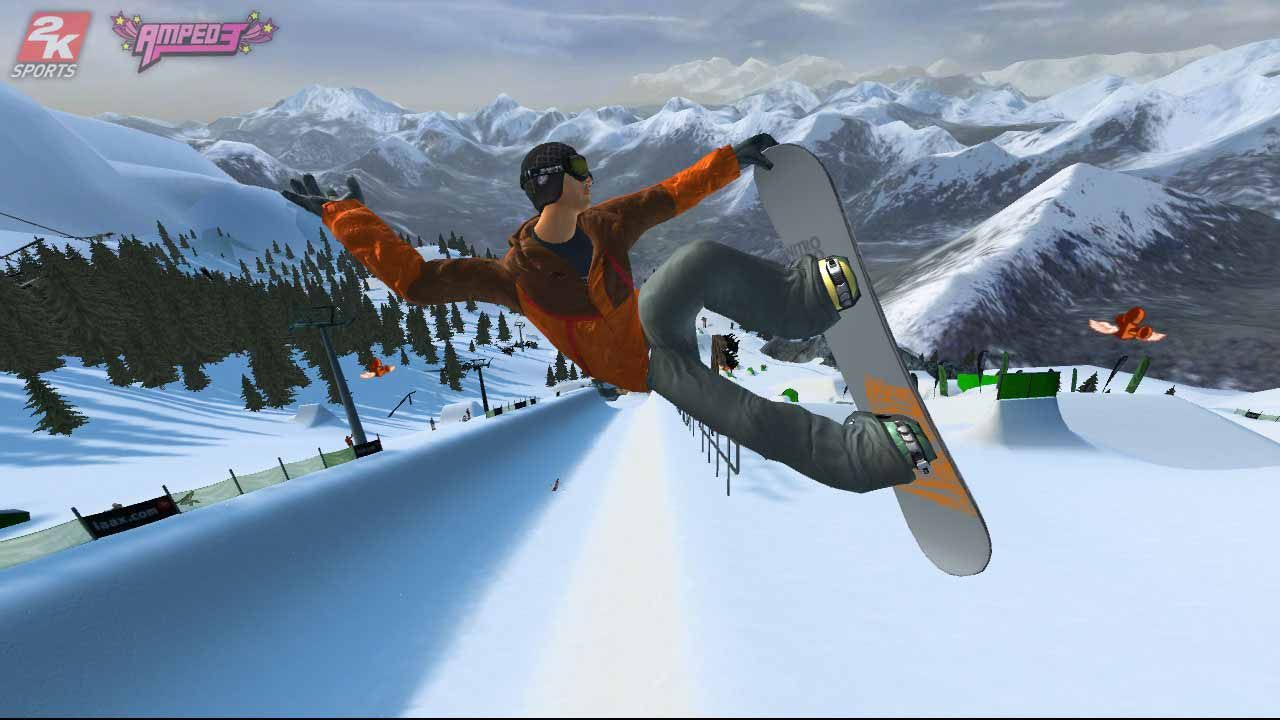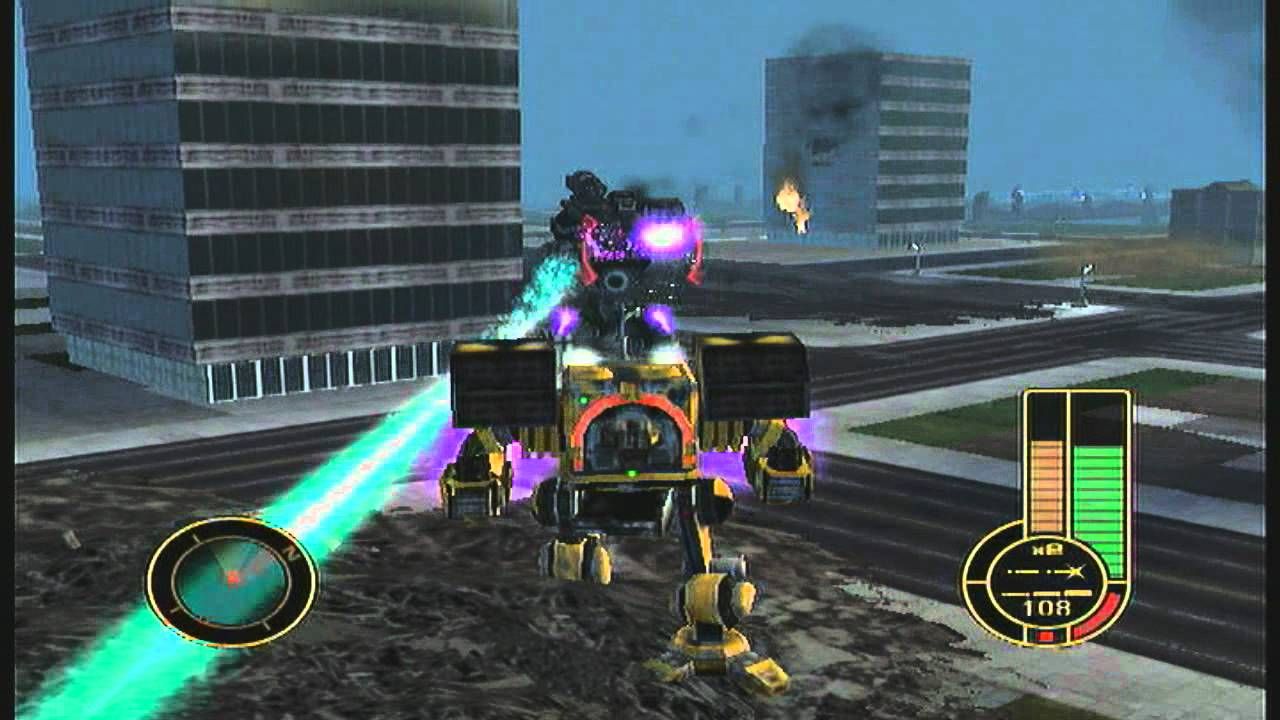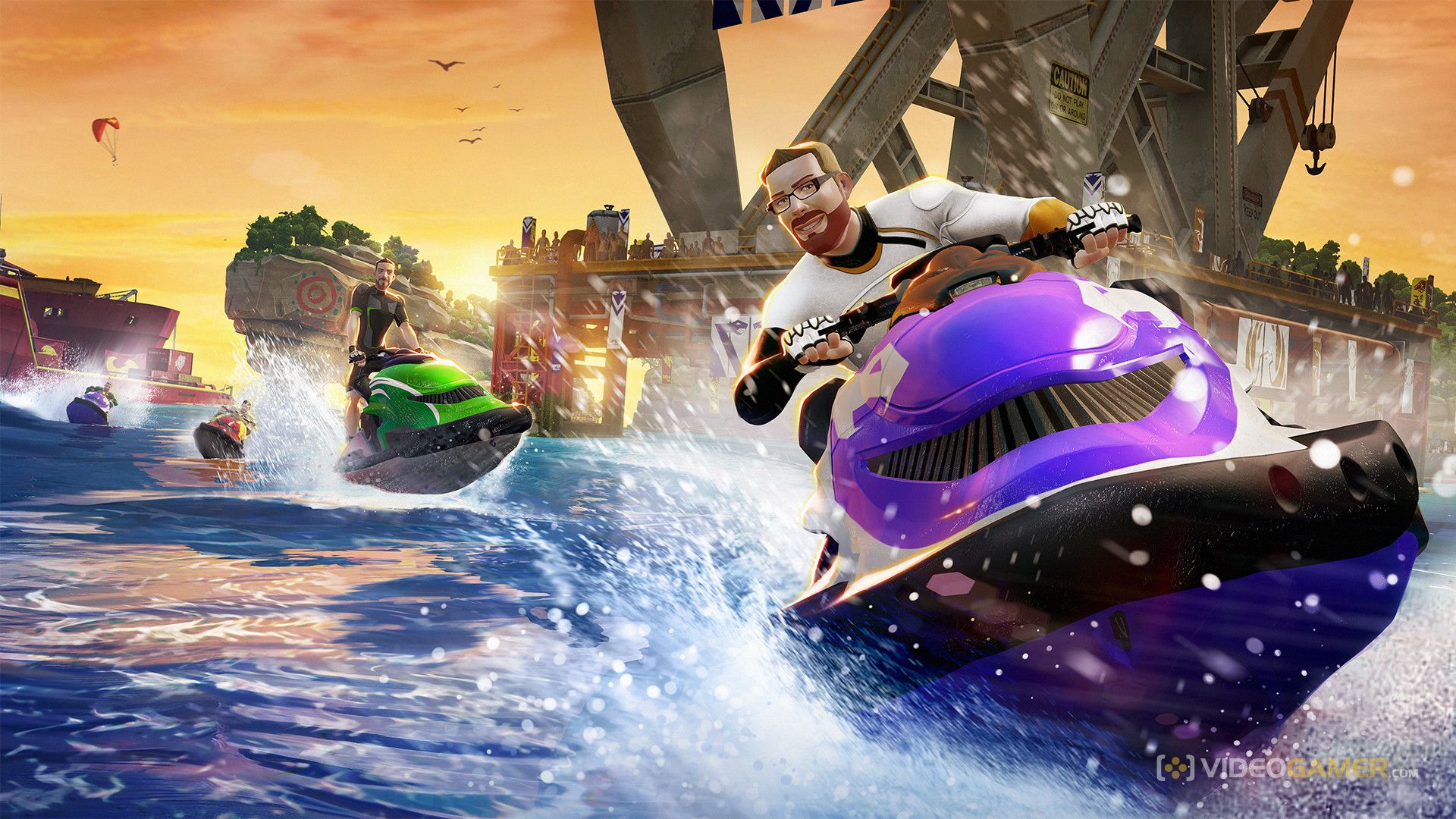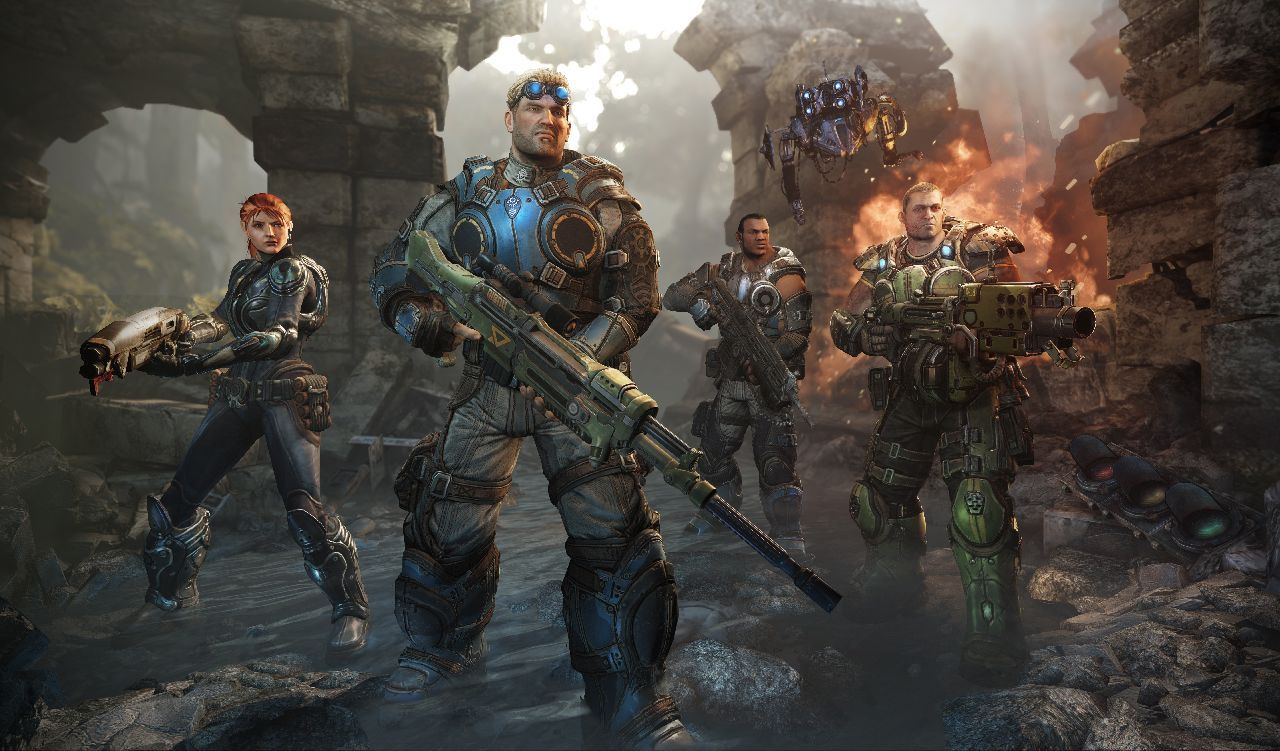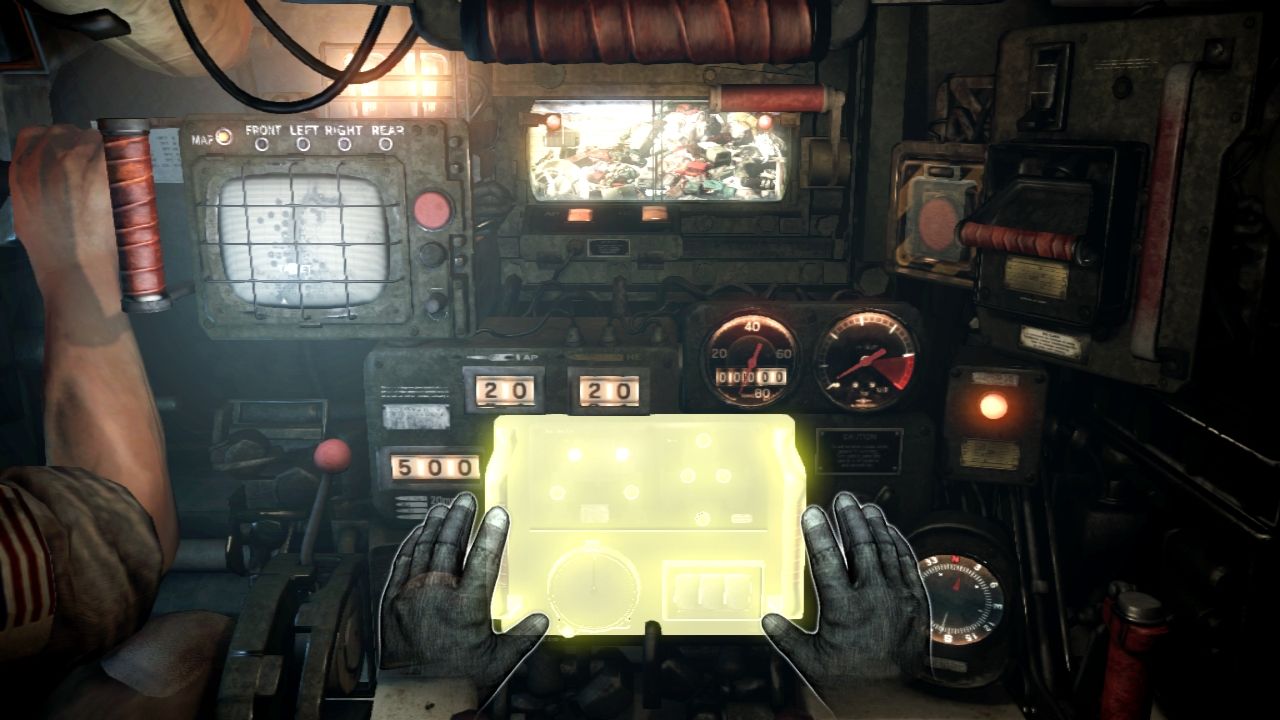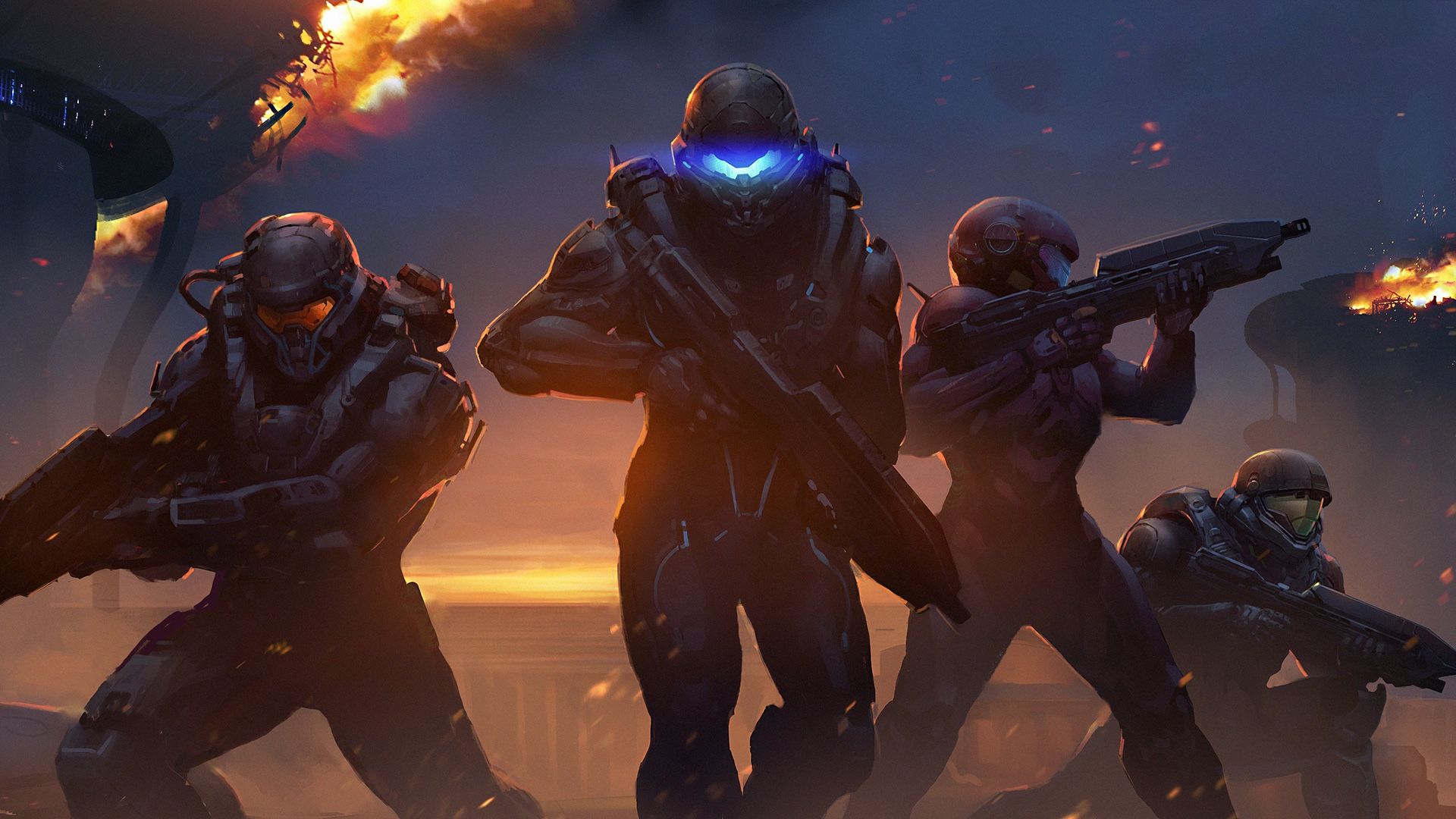With each generation of consoles, comes the release of new franchises, which hope to garner the respect of players new to gaming. Conversely, there are also franchises that continue to evolve from past consoles with each sequel promising to be better than the last entry. In fact, an incredible amount of the video games industry is based on the creation of large series that spawn many sequels, prequels, and everything in between. These franchises serve as key tent poles for a company to sell their hardware.
For all of their enthusiasm though, when an original game becomes a hit, it can be difficult to re-configure its secret sauce into an equally enjoyable sequel. When too many sequels are released, it can become a detriment to the property’s creative integrity. For proof, look no further than the annually released Call of Duty, which is steadily running out of steam because of its formulaic multiplayer.
But what about the sequels to successful games that have been given enough time, but leave players with a lackluster experience? What about the games that, in their attempt to innovate, end up crushing the mechanics and stories that made their predecessors stand out? While there are a good number of games like this across many platforms, the Xbox has some pretty egregious examples.
15 Fable: The Journey
While Fable III was met with a fair amount of praise, there were issues that accompanied it. In particular, the debilitating economy of becoming the King, which meant getting enough money to save the kingdom from an apocalyptic event. Fortunately, that was one of the few negative spots of the game, but unfortunately for the series, things were about to get very grim. Whatever hope players had of developer Lionhead returning to make a massive fourth RPG in the acclaimed series was dashed with the announcement of Fable: The Journey. This on-rails Kinect-exclusive for the Xbox 360 had players follow new character Gabriel on a journey to save Albion. The mere fact that a free-roaming open world game changed to a motion-controlled mess. Sadly, it was enough for long-time fans to wash their hands of the series altogether.
14 Crackdown 2
The first Crackdown game allowed for total immersion (on a massively destructive scale), while playing as an Agent tasked with taking down three crime lords. It may sound like typical video game fare, but upgrading your powers by collecting orbs, while cleaning up the streets is wholly satisfying in the game’s Pacific City. As a rushed sequel, with too many over-used assets and a tacked-on 4-player co-op mode, Crackdown 2 was a less than memorable experience. To top it all, the plot relied on Pacific City being overrun by mutated freaks, where criminals had been the targets in the original. Introducing the 16-player competitive multiplayer was seen as a major innovation, but did not forgive a number of second-rate ideas. Crackdown 2 couldn't hold a candle to the vastly superior original.
13 Far Cry 2
Far Cry Instincts: Predator on the Xbox 360 was a doubled-down re-release of Crytek’s original game, which expanded on the campaign of the original following the franchise’s acquisition by Ubisoft. The game featured the classic game with Xbox Live functionality added in. It also saw the introduction of a robust mapmaker that is still largely unparalleled in shooters today. After its release, Ubisoft starting looking at the future of the shooter franchise, eventually leading to Far Cry 2. FC2 —in all of its malaria-riddled glory— was the not the game fans were expecting. The sequel was set in a central African country in the midst of a civil war. You have one mission: assassinate a dangerous arms dealer: the Jackal. While the game offers a huge map, it takes an excruciating length of time to get to the missions and gives players little incentive to continue. The story is bland and partly deals with having Malaria, which often interrupts the game’s narrative in order to portray the horrors of that disease on players firsthand.
12 Dragon Age II
Dragon Age: Origins (and its expansion: Awakening) are both highly regarded among BioWare fans and critics for the creation and execution of a captivating fantasy world. The titular Origins focused on the possible backstories players could experience in the opening all the way up to saving the kingdom from a blight of Darkspawn. It was an open-world RPG, which had players traveling across multiple cities in order to recruit allies for vanquishing the blight.
Dragon Age II, on the other hand, forced players to take up the role of Hawke, a bland character who mostly remains in the city of Kirkwall the entire game. This robbed players of their immersion in a paint-by-numbers story with a limited setting filled with family drama and an ungodly number of errands to do for them.
11 Banjo-Kazooie: Nuts & Bolts
Banjo-Tooie is an example of a sequel that worked well in relation to the first game. Developed by Rare, the game features larger and interconnected levels, better graphics and multiplayer mini-games for up to 4 players to join the fun. In short, the sequel expanded upon the identity of the original while pushing new boundaries. When
When the time came for the classic duo to return in Banjo-Kazooie: Nuts & Bolts, Rare decided to push the boundaries yet again, but were met with a different reaction. The third game revolves around vehicle construction to progress through the story. Players were required to hunt down mechanical parts in order to construct the vehicles. Many fans of the original and its sequel felt that this forced game mechanic was out of place in the classic 3D platforming series.
10 Ninja Gaiden 3
Originally an Xbox exclusive, Ninja Gaiden II saw the return of Ryu Hayabusa. The ninja was out to save the world in a game rife with punishing difficulty and bloodthirsty enemies. The gory campaign expanded upon the first game’s bravado with over-the-top moves sets and powerful combos. In short: it felt rewarding to be a ninja again. The same cannot really be said for
The same cannot really be said for Ninja Gaiden 3, which was criticized as being too similar to other games like it. The game was far easier, sacrificing its sense of challenge for more simplistic combat with the hopes of garnering a larger player-base. As a result, Ninja Gaiden 3 was largely regarded as a failure for many hardcore fans that had strong expectations for the future of the legendary series.
9 Tom Clancy’s Rainbow Six: Critical Hour
The Tom Clancy games have long been a brand associated with quality in military shooters, with the Rainbow Six sub-series being one of the finest examples. In Lockdown, players are tasked with eliminating a terrorist threat that has a dangerous virus they are about to unleash on the world. The game was successful in pushing the franchise forward and featured intense online combat. Ubisoft’s follow-up, Critical Hour, was an Xbox-exclusive that released with very little content. Touting the return to the classic roots of the franchise, Critical Hour was a complete disaster. The game was entirely comprised of missions and maps from the original Rainbow Six and Rogue Spear titles — which is disappointing to say the least. Ultimately, the game was seen for what it was: a desperate cash grab for players to restore faith in Ubisoft’s tactical shooter franchise. Fortunately, Rainbow Six: Vegas released later that year.
8 Fuzion Frenzy 2
Touted as a game with the same DNA as Mario Party, Fuzion Frenzy was designed as a party game for up to 4 players (with over 45 mini-games to choose from)! The goal is to compete against friends to get the high score overall across several different games. No two sessions are ever the same because the games are randomly presented with a timer to ensure that the pace of the games is monitored. It also forces the players to think on their toes and adjust to the new games on the fly.
Fuzion Frenzy 2 was not as well received as the original, thanks largely to its reliance on content from its predecessor. The most significant changes in the sequel came from its card-based modifiers, which were meant to add further depth to player competition. For all it did though, the sequel did not innovate enough to warrant positive reception.
7 NightCaster II: Equinox
NightCaster had players take up the mantle of Arran, a young wizard who ages over the course of the game as he ventures on a magical quest to defeat the evil NightCaster. Now, this game was not highly praised, but did well enough in sales to spawn a sequel.
NightCaster II: Equinox served as a direct sequel to the original with players acting as either Madelyn or her husband Arran. Sadly, it was considered a major step-back in the short-lived series. Equinox featured a slew of glitches and broken gameplay mechanics that made large portions of the game inaccessible. The combat was perilously unforgiving and lacking proper defensive mechanics while co-op gameplay was not tuned to account for additional players. This was an all-too-common case of a series made worse through iteration.
6 Amped 3
Launching under the banner of XSN Sports (with other titles like Links 2004 and Top Spin), Amped 2 released with positive scores. Specifically, the game was praised for its robust career mode, style moves, and multiplayer, which supported both System Link and Xbox Live connectivity. With a variety of game modes and challenges, Amped 2 was a worthy successor to the original game. However, this praise did not last for the snowboarding franchise.
With the release of Amped 3 on the Xbox 360, the series was evolved to try and bring in a wider audience. There was a full campaign with an apocalyptic plot that was completely out of place in the existing canon of the Amped series. While the campaign could be forgiven, the exclusion of Xbox Live left a sour taste in the mouths of gamers and fans alike. Ultimately, the series was discontinued shortly after that.
5 MechAssault 2: Lone Wolf
MechAssult was a fast, mechanical juggernaut that laid the groundwork for the future of Xbox Live gaming. Of course, MechAssault also featured a strong single-player campaign that made the entire game package worthwhile. MechAssault’s campaign centers around player-controlled mechs fighting an epic interstellar war on the planet Helios. It was clear that the original game was something special and its addictive online gameplay was a welcome addition to many living rooms. Unfortunately, it can be difficult to re-capture the fires of success. MechAssault 2: Lone Wolf released with little praise for its single-player campaign, with the only major innovation being the boosted multiplayer component. Though some still consider this a success, the lack of lasting appeal —coupled with the now defunct multiplayer servers— give the game little value today.
4 Kinect Sports: Rivals
As another duo of games made by Rare, Kinect Sports was created as a launch title for the Xbox 360’s motion gaming Kinect peripheral. The game and its direct sequel focused on similar games to the popular Wii Sports including bowling and boxing.
Kinect Sports: Rivals released many months after the Xbox One launch and was met with average reviews. The general consensus is that the game did not innovate enough to warrant its own existence. Despite an overhaul in extreme sports including Jet Ski racing and rock climbing, Kinect gameplay was already on the decline. This was largely due to the universal disinterest in paying a premium to own the new Xbox bundled with a Kinect. Ultimately, that bundle was discontinued a couple of months later and sales plummetted for what would be the final Kinect Sports game.
3 Gears Of War: Judgment
The Gears of War games have often seen much praise for their innovative gameplay modes, compelling story, and robustly responsive controls. Gears of War 3 wrapped up the mainline trilogy in style with Delta squad saving the day and looking onward to a bright future. Unfortunately, Microsoft was not done with Delta squad, so they made a game based around a fan-favourite character; Braid became the face of Gears of War: Judgment. The game was set shortly after the Locust’s Emergence Day, essentially serving a backstory to the sarcastic soldier. The story lacked the drama necessary to warrant its existence, and implemented a forced rating at the end of each campaign chapter was a weak addition. The gameplay restricted use to only two weapons and mostly marketed new multiplayer modes. It felt like the series was going stale — and it did, until 2016's Gears of War 4.
2 Steel Battalion: Heavy Armor
Imagine the thrill of operating a bipedal tank in one of the most intense and immersive control schemes ever. Steel Battalion had players set-up with over 40 buttons in their tank rig accounting for minute details in the performance of a mech in a battlefield. It was highly inventive and —despite costing a pretty penny— it offered unparalleled in its response. However, with the launch of the Kinect on the 360, Microsoft decided it was time to re-introduce the world to tank-warfare.
Steel Battalion: Heavy Armor was released as a motion-controlled Kinect-exclusive game and instantly met with poor reception from critics and players. Unsurprisingly, waving one’s hands in the air and in specific positions simply could not replace the tactile act of pressing buttons in the original. Thus, the game served as one of many stepping-stones to the eventual discontinuation of the Kinect.
1 Halo 5: Guardians
With the success of Halo 4 in 2012, many were left wondering where the Master Chief’s next adventure would take him. Unfortunately, Halo 5: Guardians took the focus of the series off of Master Chief. The fifth Halo game only has you playing as the series' protagonist in three of its fifteen campaign missions. The legendary figurehead of the franchise was unceremoniously cast aside, with the game opting to tell the story of Spartan Locke (who is tasked with hunting the Chief down after going AWOL). While the multiplayer finally got the polish it deserved, Halo 5 completely overlooked the franchise’s protagonist and lacked any kind of split-screen multiplayer. Both of these moves divided the existing fan-base, while the push for e-sports promotion and a squad-based campaign were seen as questionable changes. In fact, if you were expecting to play Halo 5 as a direct follow-up to Halo 4, you were bound to be confused. To understand the plot, you would need to first play Halo 4: Spartan Ops and read the entirely Halo: Escalation (Dark Horse Comics series) in order to follow the story. What a mess!

